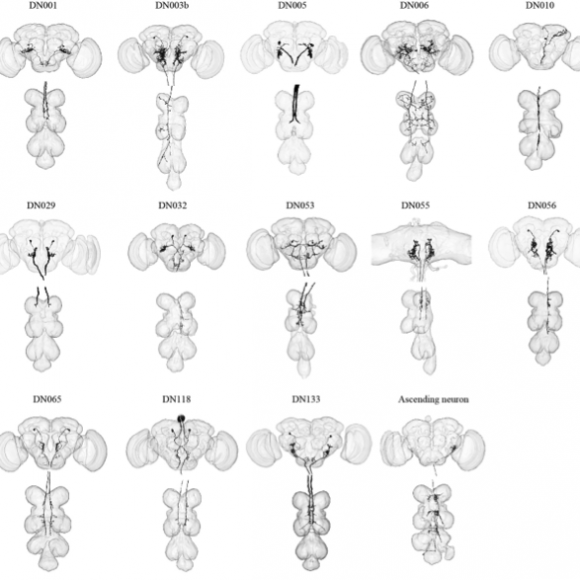Main Menu (Mobile)- Block
- Overview
-
Support Teams
- Overview
- Anatomy and Histology
- Cryo-Electron Microscopy
- Electron Microscopy
- Flow Cytometry
- Gene Targeting and Transgenics
- High Performance Computing
- Immortalized Cell Line Culture
- Integrative Imaging
- Invertebrate Shared Resource
- Janelia Experimental Technology
- Mass Spectrometry
- Media Prep
- Molecular Genomics
- Primary & iPS Cell Culture
- Project Pipeline Support
- Project Technical Resources
- Quantitative Genomics
- Scientific Computing
- Viral Tools
- Vivarium
- Open Science
- You + Janelia
- About Us
Main Menu - Block
- Overview
- Anatomy and Histology
- Cryo-Electron Microscopy
- Electron Microscopy
- Flow Cytometry
- Gene Targeting and Transgenics
- High Performance Computing
- Immortalized Cell Line Culture
- Integrative Imaging
- Invertebrate Shared Resource
- Janelia Experimental Technology
- Mass Spectrometry
- Media Prep
- Molecular Genomics
- Primary & iPS Cell Culture
- Project Pipeline Support
- Project Technical Resources
- Quantitative Genomics
- Scientific Computing
- Viral Tools
- Vivarium

Fly descending interneurons pass pre-processed sensory information from the brain to motor centers in the Ventral Nervous System and are a critical bottleneck in sensory-guided behavioral circuits. The Descending Interneuron project aims to create and characterize driver lines for each of the approximately 350 pairs of descending interneurons and use those lines to understand their function.
News & Updates
Have you ever tried to swat a fly and been impressed by its ability to evade your approach? Descending interneurons (DNs) are essential to that quick response. Flies integrate sensory input from many sources in the brain and send motor commands through the neck to effect behaviors. DNs connect pre-processed sensory information from the brain to motor centers of the fly’s ventral nerve cord and hence represent a crucial bottleneck in sensorimotor processing. This project aims to anatomically characterize and create cell-type specific driver lines for each of the approximately 350 pairs of descending interneurons. With our collaborators, we are using these driver lines to manipulate individual DNs and determine how activating or silencing them affects behavior. Our ultimate goal is to understand the role these cells play in sensory-guided behavioral circuits.
Please read more about our efforts on our Research page.
